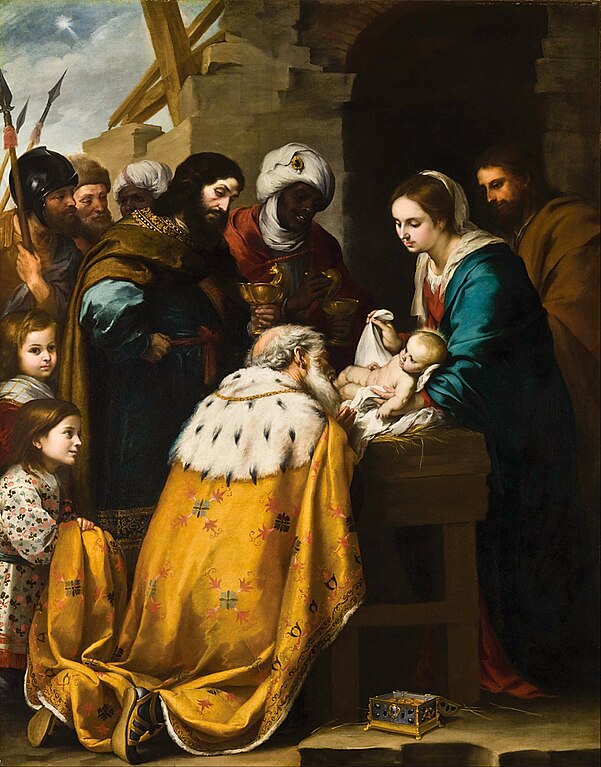
Church of Our Lady, Star of the Sea, and St. Patrick, Goleen, County Cork, Ireland
Photo:Andreas F. Borchert/Wikimedia
St. Patrick is the patron saint of Ireland and known for bringing Christianity to Ireland. He was born in 390 A.D in Britain and raised by a Christian family. However he was not much interested in God and at the time was illiterate. When he was 16, he was kidnapped and taken to Ireland where he was forced to work as a shepherd on a hillside. All alone except for his sheep and captors. he began to cry out to God for rescue him. He had a dream in which God revealed himself and that he would be going home.
Risking his life, he boarded a ship for Britain where he returned to his family. He was welcomed back but realized that he had been transformed by God. He entered a monastery to pursue his calling as a Catholic priest. As a result of his education, he came to understand Holy Scripture and impressed his peers and superiors with his character. He would be made a bishop in due course. Nearly three decades after this slavery in Ireland, he felt a call from God that he had to return to Ireland and spread the word of Jesus to a people who had become lost. This was no easy journey for him since travel was difficult but he faced hostility from those who opposed him trying to convert people away from paganism. Patrick was ready though to face the trials that might take his life (he was attacked and beaten by thugs and Irish royalty disdained him) and persevered in proclaiming the Gospel and training converts.
His courageous leadership and his crisscrossing the countryside paid off as thousands and more would be converted. Churches were being established and he was training those to shepherd the church after he was gone. He would die on March 17, 461 A.D. He has been venerated as a saint and patron saint of Ireland since then by the Roman Catholic, Eastern Orthodox, Anglican and Lutheran churches. In Ireland it is a solemnity and thus a holy day of obligation. It is also a cultural day as well to celebrate Ireland. Traditionally many in Ireland will wear shamrocks, wear green, attend Mass, watch parades, have a special breakfast and dinner, and of course celebrate by having a beer in their favorite pub (or outside due to the crowds). It has been a public holiday in Ireland since 1903. Since the feast does fall within Lent and is a solemnity in Ireland, it is permissible to eat foods normally excluded during this time (or any food you have selected to give up). Outside of Ireland though, it is not and local bishops will offer guidance. Usually the bishop will allow those who wish to celebrate to be excused from Friday obligation of fasting but may require you to fast on a different day in the week or the following one.
Sources:









